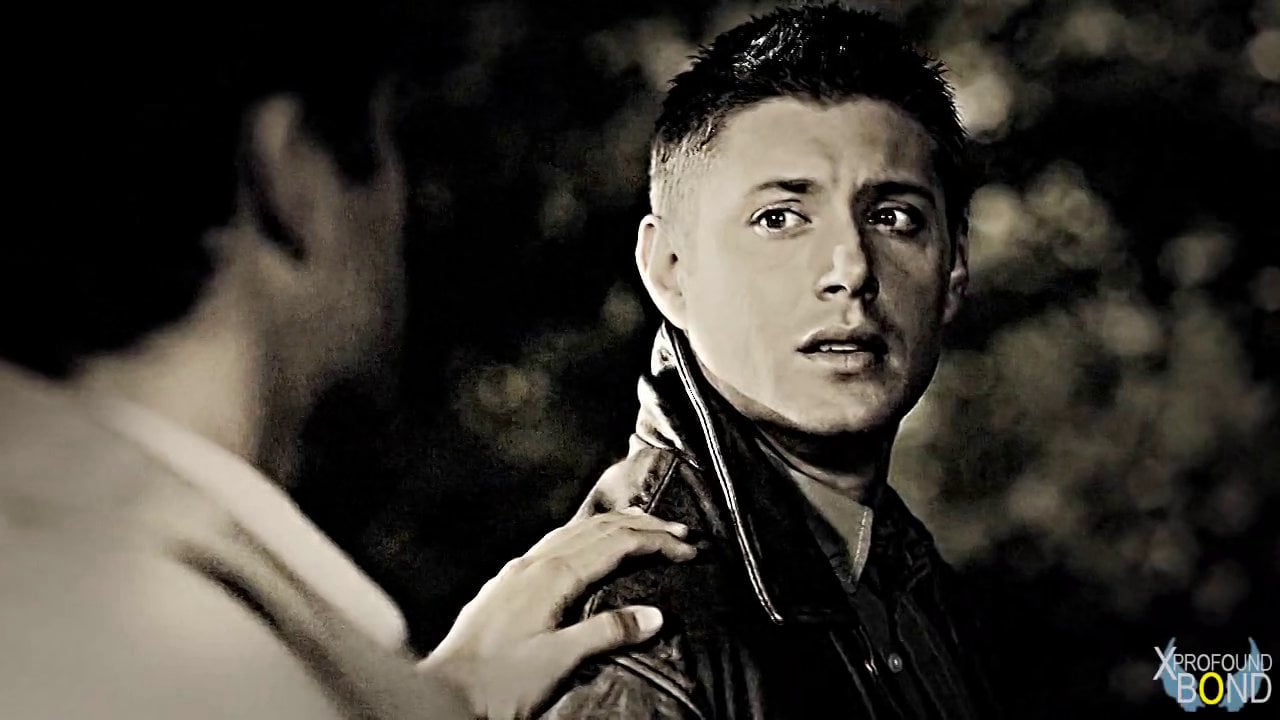Another fictional lesbian is dead, and it sadly comes as no great surprise.
Queerbaiting has become almost a norm in today’s television. It can be seen across every genre of television and happen with any kind of character.
Queerbaiting is when a television show has two characters that could possibly be in the LGBTQ community, and they have the potential to be together romantically. Most television shows play this for the ratings and the audience it gathers. There is a slim chance that they will get together, but the LGBTQ community is so desperate for any kind of representation that they are willing to root for anything.
Another way of queerbaiting an audience is to have said LGBTQ couple finally get together and then immediately have one or both of them killed for no apparent reason. This might be the most brutal form of queerbaiting. The audience finally gets their LGBTQ relationship, and it is immediately dismissed and thrown away.
The first kind of queerbaiting can be seen in a lot of mainstream television. Jane Rizzoli and Maura Isles from “Rizzoli & Isles,” Sherlock Holmes and John Watson in “Sherlock,” Emma Swan and Regina Mills in “Once Upon A Time” and Dean and Castiel in “Supernatural” are all pairings who are examples of this kind of queerbaiting. They are all characters that have incredible chemistry, but never make it to couple status. They keep the audience watching and hoping that one day they will get together.
The second form of queerbaiting is seen in many television shows as well. Lexa from “The 100” is just the most recent case. She was accidentally shot and killed in the episode that aired on March 3. Tara Maclay from “Buffy The Vampire Slayer” met the same exact fate in 2002, Naomi Campell suddenly got cancer and died on “Skins,” and Maya St. Germain from “Pretty Little Liars” was bludgeoned to death — the list goes on.
Elizabeth Bridges, author of the blog “The Uncanny Valley,” spoke about queerbaiting on March 7. “Sadly, all of us queer viewers are so happy to get any kind of representation, we will watch anything with queer (or even potentially queer) characters in it, even though we know we’re going to see ourselves brutally killed onscreen sooner or later, and odds of our character ever being happy are slim to none. But we watch anyway, hoping that this time it will be different,” she said.
Abigail Bruffy, a television and digital media major at Montclair State, expressed her frustrations about queerbaiting with an example from “Glee”: “I watched the Santana/Brittany love story be treated as a joke and not taken seriously until the last minute scramble in the final season that led to them being married. Through the ups and many downs of their screen time, I was left lost, uncertain if being a queer woman ever ended happy. It has been five years of me searching for that happy ending on screen, and it has led me nowhere.”
When it comes down to it, queerbaiting is basically saying that people in the LGBTQ community do not get a happy ending. They are never portrayed onscreen, and when they finally are, they are torn apart.
Television shows are saying that people in the LGBTQ community are not worthy of representation. They do not deserve to see themselves on television shows. They are not worthy of their time, but the television shows will use them for ratings and to draw attention to their show.
It is time to end queerbaiting and have equal representation on television. People in the LGBTQ community deserve their happy ending.



